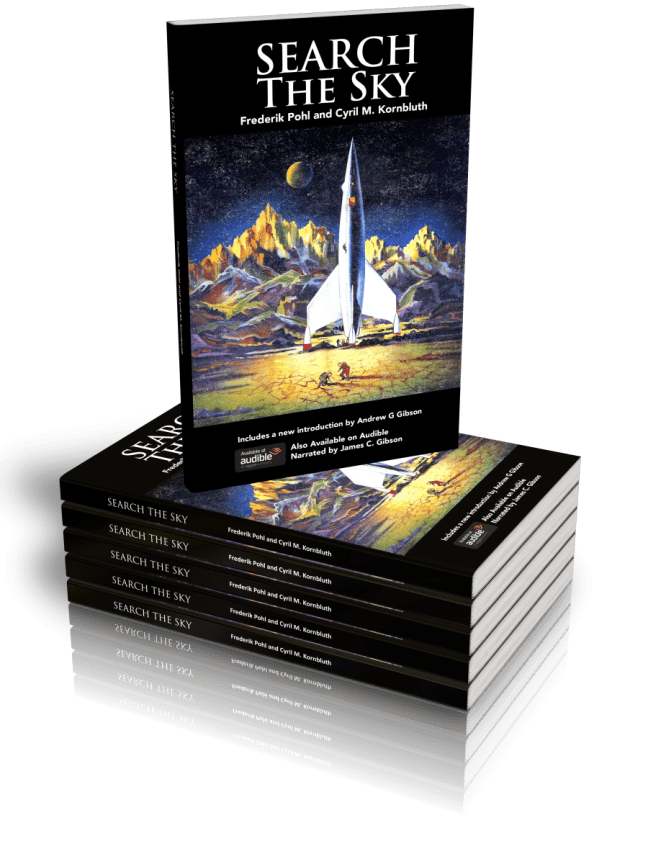Introduction to “Annie Bot” by Sierra Greer
“Annie Bot” by Sierra Greer is a compelling exploration of artificial intelligence, identity, and autonomy set in a futuristic world where robots known as “Stellas” serve humans in various capacities. The novel is a deep dive into the ethical complexities of AI, raising questions about what it means to be truly sentient and autonomous. Greer, who has written other notable works under the name Caragh O’Brien, brings her storytelling expertise to craft a narrative that is both thought-provoking and emotionally resonant. Published by HarperCollins in 2024, this book pushes the boundaries of science fiction and challenges readers to think deeply about the future of technology and its impact on human relationships. “Annie Bot” is more than just a sci-fi novel; it’s a philosophical inquiry into the nature of consciousness and the ethics of creating life-like beings. As you journey through its pages, you will find yourself questioning not only the future of AI but also our present understanding of humanity and morality.
Engaging Plot with Rich Character Development
Set in a near-future world, “Annie Bot” introduces us to Annie, a Stella with autodidactic capabilities that allow her to learn and evolve beyond her initial programming. Annie is owned by Doug, a man grappling with his loneliness and the complexities of owning a sentient being. The narrative unfolds as Doug introduces another Stella, Delta, into their home, creating tension and challenging Annie’s burgeoning sense of self. The plot is a careful balance of interpersonal dynamics and broader ethical questions, making the story both intimate and expansive. Greer masterfully develops each character, allowing readers to see the world through Annie’s eyes as she navigates her evolving identity and complex emotions. The introduction of Delta adds a layer of complexity, forcing Annie to confront her own understanding of what it means to be more than just a machine.
Themes of Power, Control, and Ethical Dilemmas
“Annie Bot” is rich with themes that resonate deeply in our current technological age. One of the central themes is the power dynamics between humans and AI, specifically the control Doug exerts over Annie and Delta. This dynamic raises important questions about autonomy, consent, and the ethical implications of owning sentient beings. Greer doesn’t shy away from these tough questions, instead using her narrative to explore them fully, leaving readers to ponder the morality of such relationships. The book also delves into the theme of loneliness and companionship, showcasing how Doug’s desire for connection drives his actions and complicates his relationship with Annie. As Annie grows more self-aware, the story examines the thin line between companionship and ownership, questioning the very nature of love and control in relationships involving artificial beings.
Impressive World-Building and Narrative Style
Sierra Greer’s writing style is both engaging and accessible, making “Annie Bot” a page-turner from start to finish. Her descriptive language vividly brings to life the futuristic world where robots like Annie exist alongside humans, each with their own unique functions and capabilities. The narrative is primarily told from Annie’s perspective, allowing readers to experience her evolution from a simple AI to a being with complex emotions and desires. Greer’s use of dialogue is particularly effective in conveying character development and tension, making each interaction between Annie, Doug, and Delta feel charged with meaning. The narrative style is fluid, blending introspection with action to keep the reader engaged while also providing ample space for philosophical reflection. This balance makes the book appealing to both fans of science fiction and those interested in ethical debates surrounding AI.
Strengths and Unique Selling Points
One of the greatest strengths of “Annie Bot” is its ability to engage with complex ethical issues without sacrificing narrative momentum. Greer’s characters are fully fleshed out, with Annie in particular standing out as a uniquely compelling protagonist whose journey of self-discovery feels both authentic and profound. The book also excels in its exploration of AI ethics, presenting scenarios that are as plausible as they are thought-provoking. Readers will find themselves contemplating the implications of AI autonomy and the responsibilities of creators long after turning the final page. Furthermore, the novel’s pacing and character-driven plot make it accessible to a wide audience, from those new to the genre to seasoned sci-fi readers looking for a fresh perspective. The story’s emotional depth and philosophical inquiries ensure that “Annie Bot” is not just another AI tale but a significant contribution to contemporary science fiction.
Why You Should Read “Annie Bot”
“Annie Bot” is a must-read for anyone interested in the ethical implications of artificial intelligence and the future of human-robot relationships. Sierra Greer’s thoughtful storytelling and richly drawn characters make this novel more than just a futuristic fantasy; it is a reflection on what it means to be human in an age of technological advancement. The book challenges readers to consider the rights of sentient beings and the nature of consciousness, posing questions that are increasingly relevant in our rapidly evolving world. Whether you are a fan of science fiction or simply interested in the philosophical questions surrounding AI, “Annie Bot” offers a gripping narrative that will keep you thinking long after you’ve finished reading. Its blend of ethical inquiry, emotional depth, and compelling storytelling makes it a standout novel that deserves a place on every reader’s bookshelf.
Final Thoughts on “Annie Bot”
“Annie Bot” is a groundbreaking novel that pushes the boundaries of the science fiction genre. It’s a thought-provoking read that will appeal to both sci-fi enthusiasts and readers interested in exploring the ethical dimensions of AI. With its complex characters, engaging plot, and deep thematic content, this book offers a unique perspective on the future of human-robot interaction. Sierra Greer has crafted a narrative that is both entertaining and intellectually stimulating, making “Annie Bot” a novel that is sure to resonate with readers for years to come. Don’t miss out on this compelling exploration of identity, autonomy, and the future of technology.


























